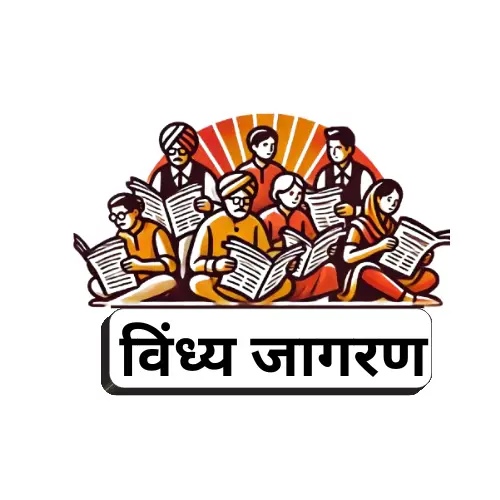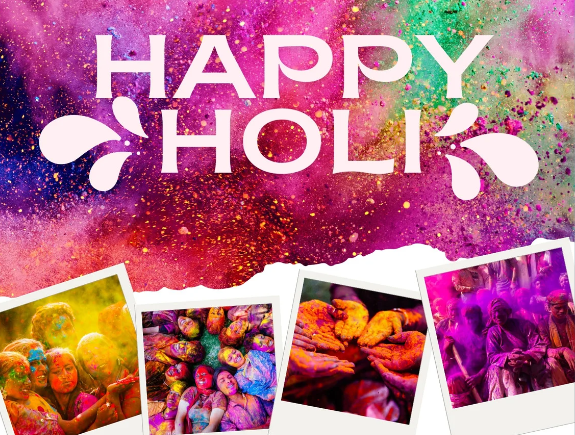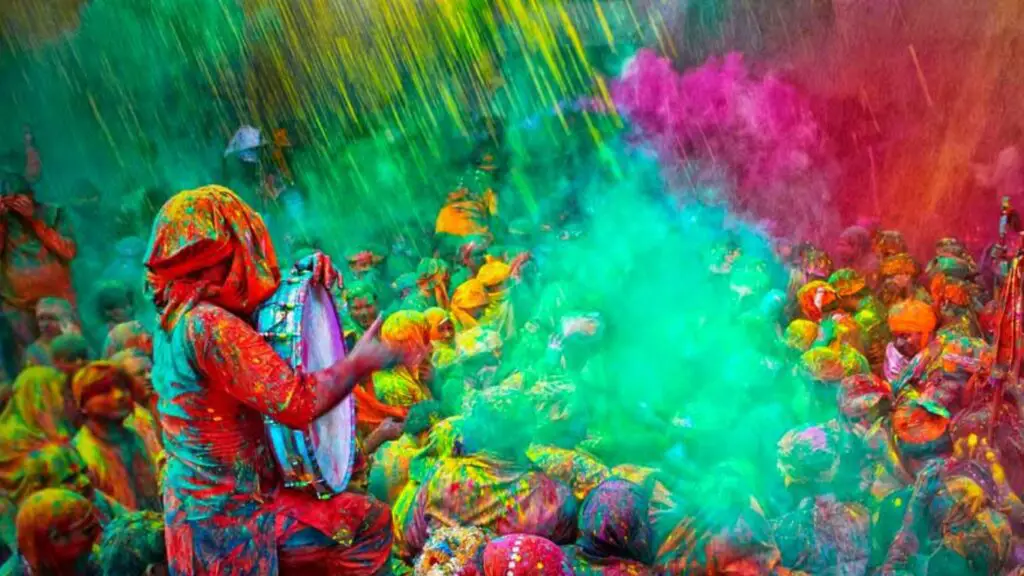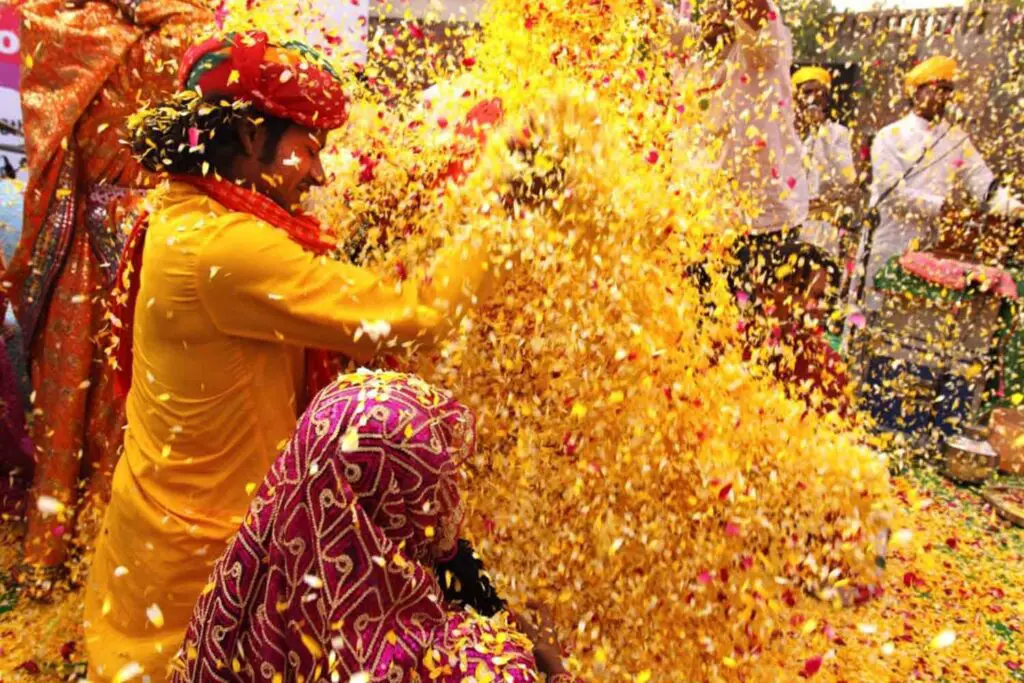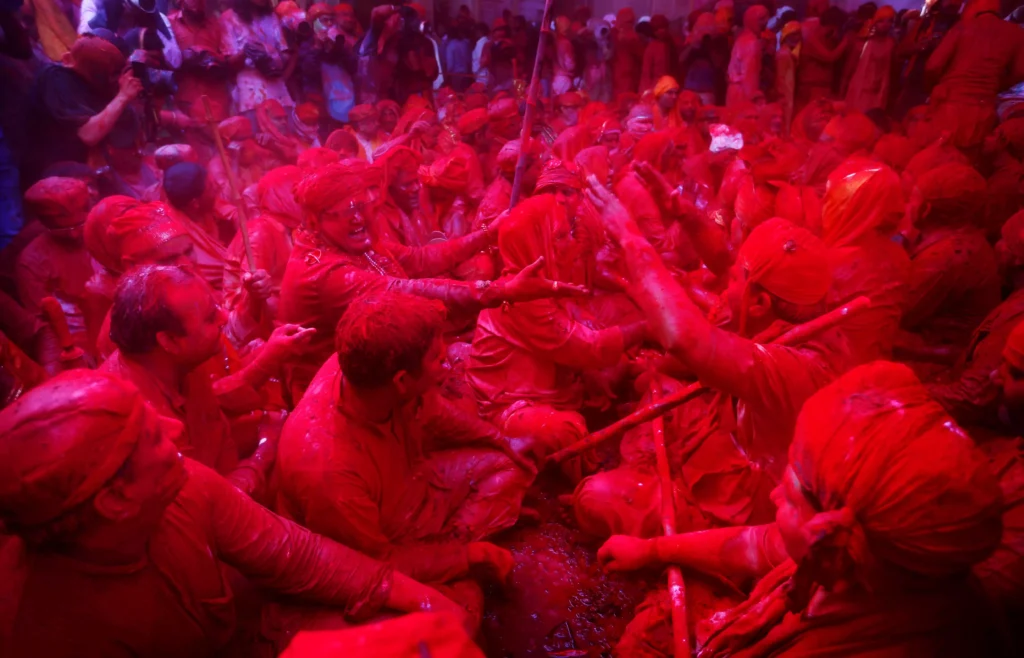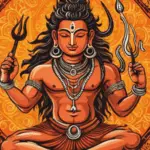Celebrating the Vibrant Festival of Holi: A Colorful Tradition
Holi is a popular festival of colors. It is specially celebrated among Hindus in India and Nepal, though it has gained recognition and celebrated in various parts of the world. The festival is famously known for the colorful powders and liquids that are thrown and smeared on each other, there are many various regional and cultural variations of Holi celebrations.
-
- Gulal Holi: It involves splashes of vibrant colored powders, people come together to smear each other with vibrant powder colors of varities and also liquid color.

image credit: keywordsuggest.org - Flower Holi: In Nothern India, people celebrate Holi by showering each other with colorful flower petals. It is associated with the mythological tales of Lord Krishna and Radharani.
-

image credit: asianadventures.net - Itr Holi: It involves the use of scented water and perfumes (itr) in addition to colored powders and water.
- Gulal Holi: It involves splashes of vibrant colored powders, people come together to smear each other with vibrant powder colors of varities and also liquid color.
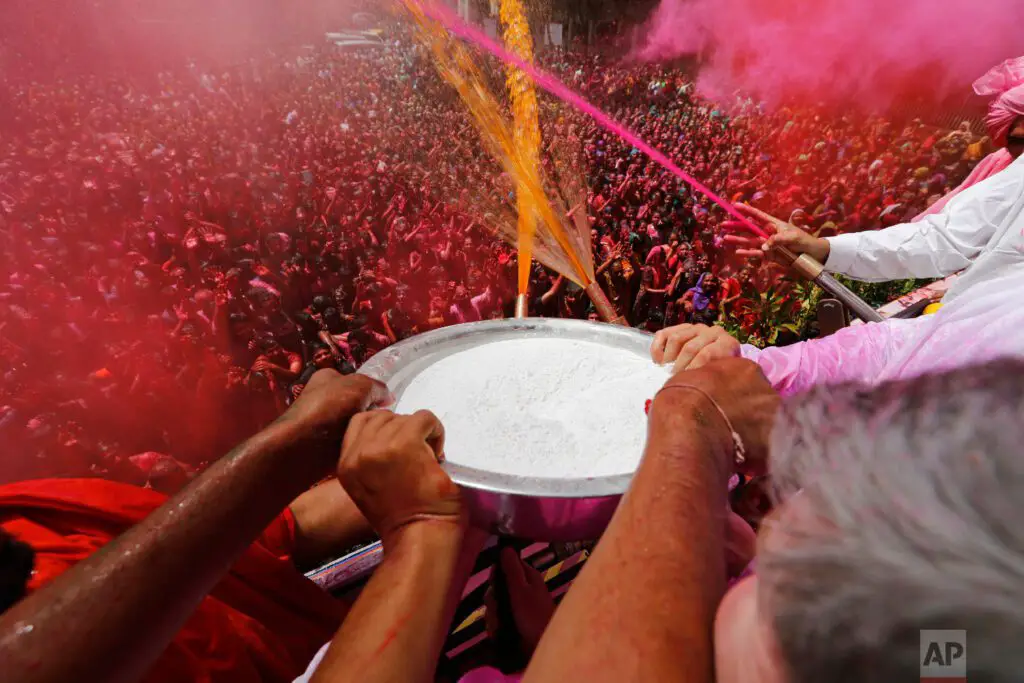
- Lattha Maar Holi: It’s called “Lattha Maar Holi” because “Lattha” means a stick used for beating. This type of Holi is particularly famous in the town of Barsana, near Mathura, where women playfully beat men with sticks in reenactment of a legendary playful battle between Lord Krishna and the women of Barsana, including Radha.
-

image credit: the times of india
These variations add diversity to the celebrations and reflect the rich culture heritage and regional customs associated with the festival of Holi.
Short History of Holi
The Legend of Holika and Prahlad
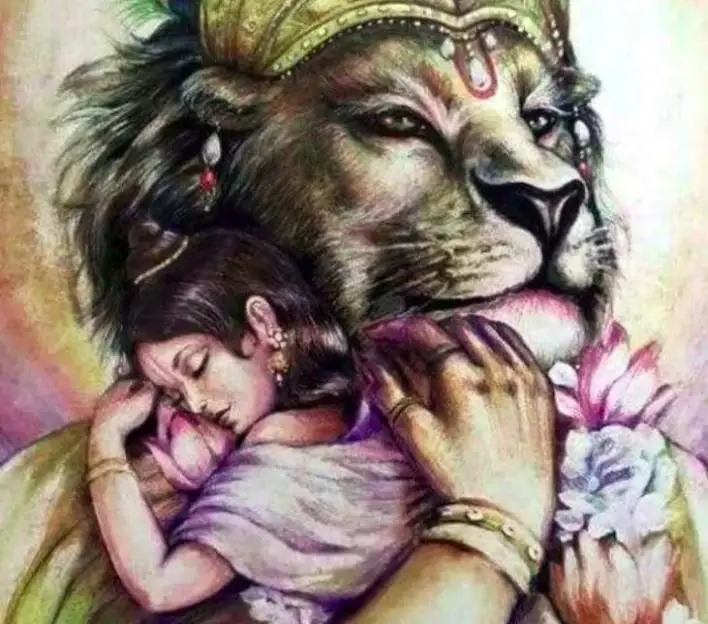
Prahlad was a devoted follower of Lord Narayan, always chanting “Om Namo Bhagvate Vaudevaya” His father, the demon Hiranyakashipu, couldn’t stand anyone worshiping another deity. He ordered his sister Holika to kill him, but each time, God saved him. Finally, when she tried to burn him, Lord Vishnu appeared as Narasimha (half-man and half-lion) to rescue Prahlad and defeat the wicked Hiranyakashipu, and Holika ended up burning herself the reason behind ” Holika Dahan” which is celebrated a day before Holi. Holika Dahan involves burning sticks and cow dung, symbolizing the triumph of good over evil and the onset of spring.
Lord Krishna and Radha’s Playful Rendezvous
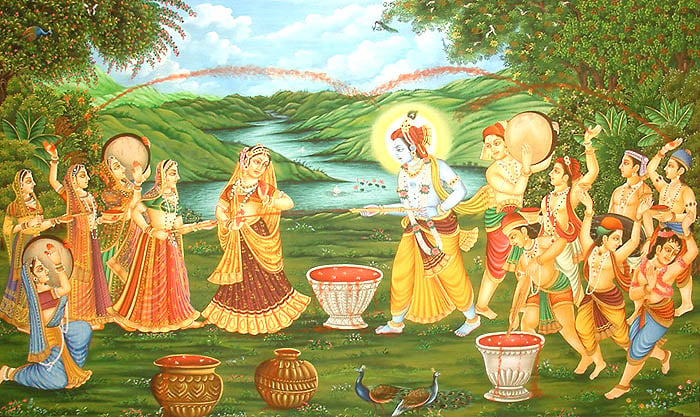
Another popular narrative linked with Holi revolves around the mischievous antics of Lord Krishna. The beloved deity, known for his playful demeanor, delighted in drenching the residents of Vrindavan with colored water and smearing them with vibrant powders. His playful escapades with Radha and the gopis continue to inspire joyous revelry during the festival.
Top 10 Holi Songs List Bollywood
Holi songs enhance the festive spirit, adding rhythm and joy to celebrations, creating memorable moments of togetherness.
- “Rang Barse” – Silsila
- “Holi Khele Raghuveera” – Baghban
- “Balam Pichkari” – Yeh Jawaani Hai Deewani
- “Holiya Mein Ude Re Gulal” – Ila Arun
- “Do Me a Favor, Let’s Play Holi” – Waqt: The Race Against Time
- “Aaj Na Chhodenge” – Kati Patang
- “Holi Aayi Re Kanhai” – Mother India
- “Ang Se Ang Lagana” – Darr
- “Soni Soni” – Mohabbatein
- “Badri Ki Dulhania” – Badrinath Ki Dulhania
Holi Recipes
No festival is complete without delectable treats! Indulge in these mouthwatering Holi recipes to add flavor to your celebrations:
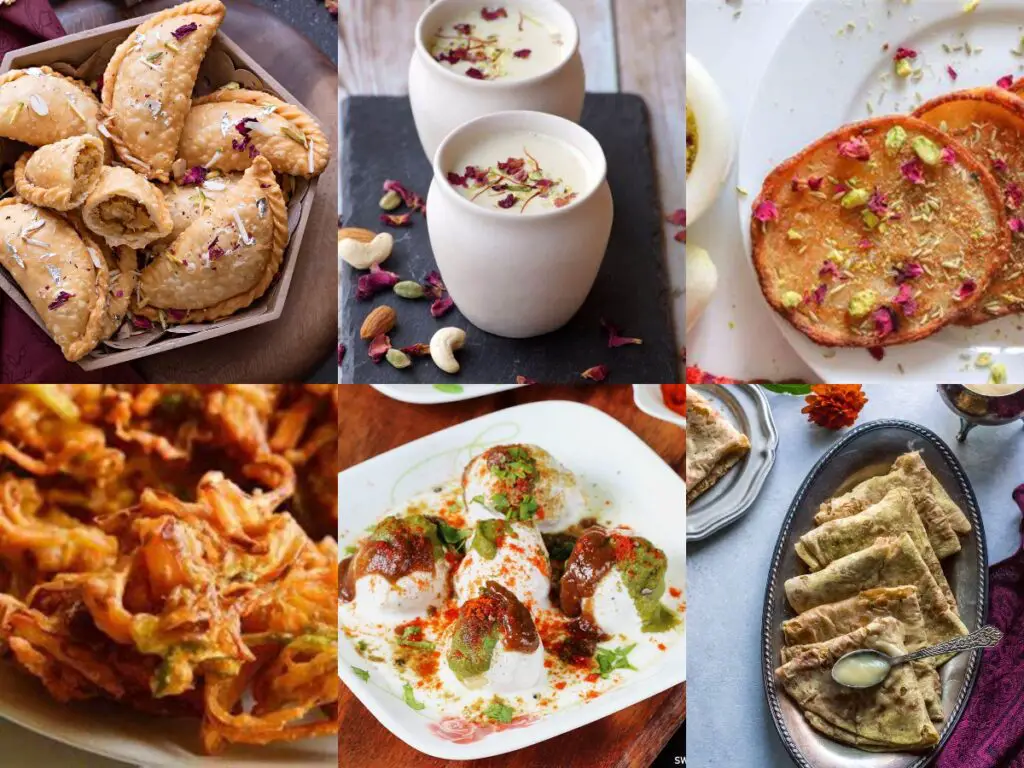
- Gujiya: Dumplings filled with khoya and dried fruits offer a delightful sweetness.
- Thandai: A fresh beverage crafted from milk, nuts, and fragrant spices.
- Puran Poli: Lentil-stuffed flatbread, a festive favorite in Maharashtra.
- Malpua: Deep-fried pancakes dipped in sugar syrup, a sinful delight.
- Dahi Vada: Lentil dumplings soaked in creamy yogurt and topped with tangy tamarind chutney and spicy green chutney.
- Bhang Pakore: Crispy fritters made with besan (gram flour) and infused with bhang, a traditional Holi delicacy popular in some regions of India.
Holi 2024 Shubh Muhurt:
Shubh Muhurt starts on: March 24, 2024, at 11:13 PM
Shubh Muhurt ends on: March 25, 2024, at 12:27 AM
Bhadra Punch: March 24, 2024, from 6:33 PM to 7:53 PM
Bhadra Mukh: March 24, 2024, from 7:53 PM to 10:06 PM
